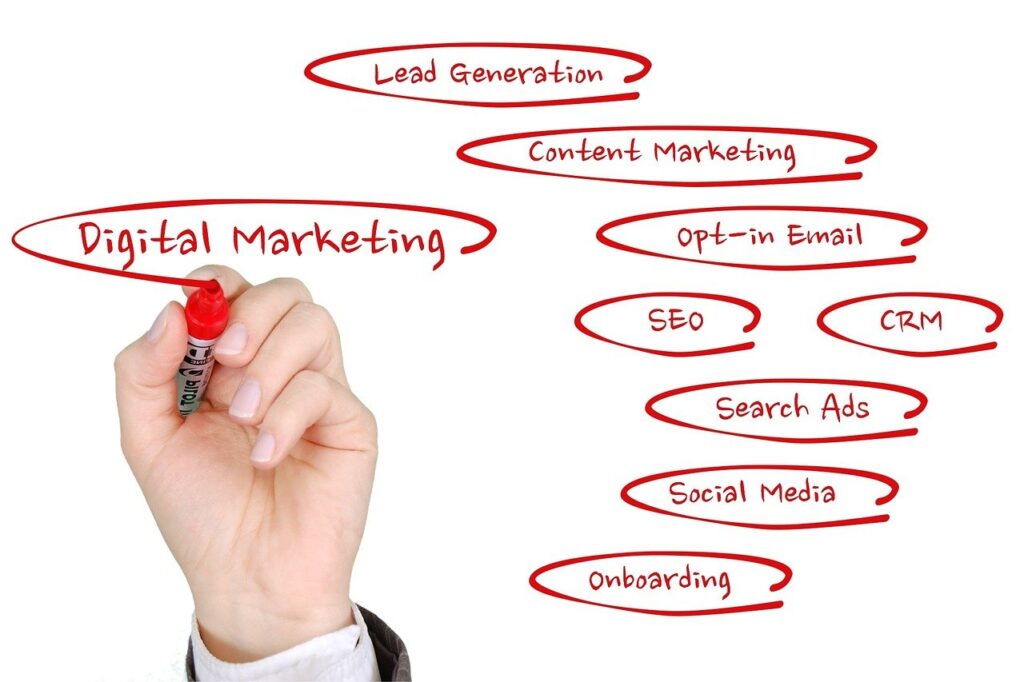

Unlocking Success: The Power of Marketing Strategy for Small Businesses
Marketing strategy for small businesses isn’t just a buzzword. It’s the backbone of growth, sustainability, and brand recognition in today’s fast-paced digital world. Whether you’re launching your first business or refining your current efforts, building a well-structured marketing strategy can make the difference between thriving and merely surviving.
Why a Marketing Strategy for Small Businesses Matters
Marketing is not a luxury for small businesses — it’s a necessity. With limited resources and high competition, small business owners need a focused approach. A clear marketing strategy for small businesses saves time, optimizes budget, and boosts visibility.
Step-by-Step Marketing Strategy for Small Businesses
1. Define Your Brand Identity
Before anything, small businesses must understand their core identity. What do you stand for? Who are your customers? Your answers define your voice, visual branding, and messaging.
2. Know Your Audience
Understanding your target market is the cornerstone of every marketing strategy for small businesses. Use surveys, customer feedback, and Google Analytics to gather insights about age, preferences, and challenges.
3. Set SMART Goals
Your goals should be Specific, Measurable, Achievable, Relevant, and Time-bound. For example: “Gain 1000 Instagram followers in 3 months” or “Increase website traffic by 25% in Q2.”

4. Build an Online Presence
If you’re not online, you don’t exist. Your small business needs:
- A fast, mobile-optimized website
- Google My Business profile
- Active social media profiles (Instagram, Facebook, LinkedIn)
5. Content Marketing That Converts
Blogging is your long-term investment. A blog post built around your focus keyword, like “marketing strategy for small businesses,” improves SEO, builds trust, and generates leads.
Content Ideas:
- “10 Free Marketing Tools for Small Business Owners”
- “How to Write the Perfect Instagram Caption for Your Brand”
- “Case Study: How Our Marketing Strategy Increased Sales by 40%”
6. Leverage Social Media Marketing
Organic social media helps humanize your brand. Paid ads boost reach. Together, they build credibility and community. Invest in:
- Weekly content calendars
- Engagement tactics (polls, stories, giveaways)
- Facebook & Instagram Ads with clear CTAs
7. Email Marketing Still Works
Collect emails using lead magnets (checklists, free templates). Then, segment your audience and send:
- Welcome sequences
- Monthly newsletters
- Promotions or product launches
8. Monitor & Optimize Constantly
Use tools like:
- Google Analytics
- Facebook Business Manager
- SEMrush / Ahrefs
Track what’s working and double down. If a particular content piece generates leads, repurpose it into a video or podcast.
Transitioning Into Growth
However, just building a plan isn’t enough. In fact, many small businesses fail because they execute without data. Moreover, they skip testing. As a result, they burn budget with no return.
At KAIDECC, we don’t guess. We build, test, and scale. Through personalized marketing strategy for small businesses, we help founders dominate their niche.
Real Results: A Case Study
Meet Laila, a local artisan in Lyon. Her business was struggling with visibility. KAIDECC applied a custom marketing strategy for small businesses:
- Created SEO-optimized blog content
- Launched a Facebook ad funnel
- Built an email automation with offers
Results: 300% increase in online sales in just 60 days.
Tools to Get You Started
Here are some tools we recommend:
- Canva: Create stunning social media graphics
- Mailchimp: For email marketing automation
- Google Trends: Spot trending topics
- Trello: Organize your marketing calendar
Final Thoughts
Building a marketing strategy for small businesses isn’t a one-time task. It’s a cycle. Plan, test, improve. With a partner like KAIDECC by your side, you’ll never walk alone in this digital maze.
Ready to grow? Let us design your next marketing strategy for small businesses — built for visibility, powered by performance.
Leave A Comment

